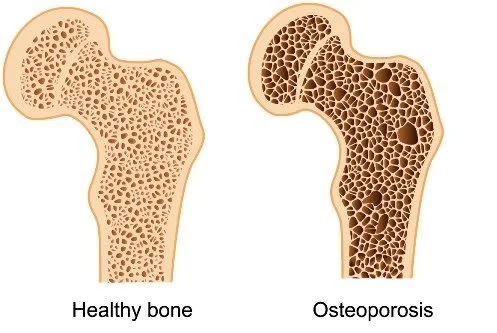Mindfulness can be defined as the practice of focusing one’s attention to experiences that are occurring in the present moment. The benefits of it? Decreased stress, lower blood pressure and heart rate, increased awareness, and higher brain functioning. What’s the secret behind mindfulness? And importantly, how can mindfulness practices translate to a ‘well’ workplace?
With recent advances in the field of neuroscience, researchers have been able to gain deeper insight into how ancient eastern mindfulness practices can be translated into the workplace – benefiting our day-to-day.
In a landmark study, Dr. Sara Lazar, a neuroscientist at Harvard Medical School, used brain-imaging techniques to examine what happens in the brain during mindfulness training. Dr. Lazar compared brain scans of an experimental group who had completed an eight-week mindfulness-based stress reduction programme, against a controlled group who received no mindfulness training.
The results? It was found that the experimental group experienced significant changes in the amount of grey matter in five major brain regions. So, what is grey matter? It’s the matter that contains the brains important neuronal cell bodies – in the regions of learning, cognition, memory, emotional regulation, perspective taking, empathy, and compassion. The experimental group experienced a thickening of gray matter across the areas of those important areas of the brain. Whereas, the control group experienced a reduction in grey matter, especially in the fight or flight part of the brain that controls anxiety, fear, and stress.
The major health benefits stemming from practicing gratitude? A 23% reduction in cortisol – a stress hormone known to cause several health issues
Alongside mindfulness training, researchers have also proven that practicing regular expressions of gratitude leads to changes in the body’s biochemistry. So, what are the major health benefits stemming from practicing gratitude? A 23% reduction in cortisol – a stress hormone known to cause several health issues, having an effect on learning and memory, weight gain, immune function, and blood pressure.
So, what are some common mindfulness techniques that can be implemented into the workplace?
Mindful Meditation; a mental training practice that involves focusing your mind on your experiences (like your own emotions, thoughts, and sensations) in the present moment. “It is simply the act of paying attention to whatever you are experiencing, as you experience it,” explains Kate Hanley, author of "A Year of Daily Calm."
Breathing techniques; exercises that utlise the power of the breath, to focus attention on your breath, the inhale and exhale. Our breath constantly converts our life-sustaining energy, taking in oxygen, invigorating red blood cells and expelling carbon dioxide.
Practicing gratitude: Gratitude is an emotion similar to appreciation, it’s the quality of being thankful – a readiness to show appreciation for and to return kindness. “I see it as a relationship-strengthening emotion,“ writes Dr. Robert Emmons, the world's leading scientific expert on gratitude “because it requires us to see how we’ve been supported and affirmed by other people.”
With the implementation of mindfulness programmes in the workplace, what kind of benefits could you see?
Increased attention and focus
Increased clarity in thinking and perception
Increased awareness
Creativity and innovation
More meaningful relationships with colleagues
The benefits are clear, mindfulness training can have an effect on how our workplace operates. Have you considered implementing mindfulness techniques into your wellness strategy? Wellineux offers various programmes that will help benefit your workplace on both an individual, and team level. Learn more about how we can implement Wellness Programmes, and Mindfulness Training, or come up with a unique programme that benefits your workplace.







